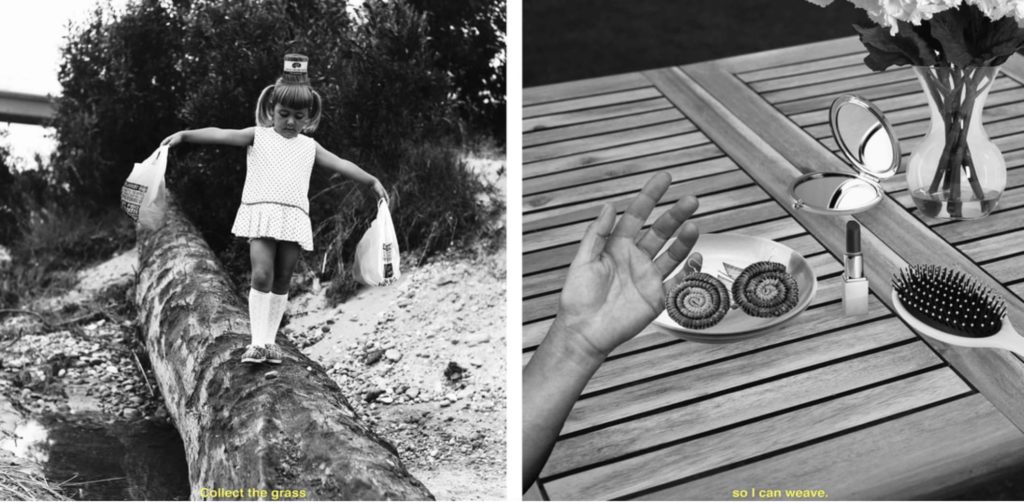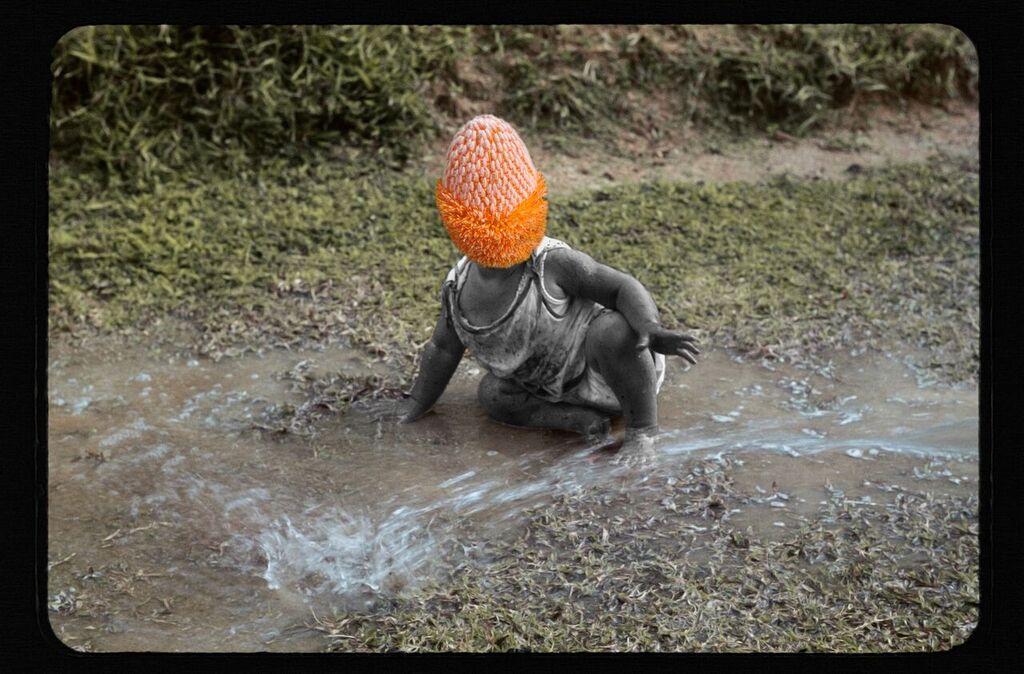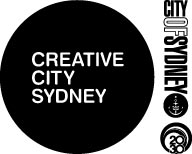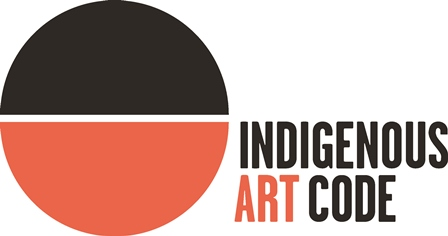Hayley Millar-Baker
Hayley Millar-Baker
Artist’s statement
Flora & Fauna discusses the misconceptions of the 1967 Australian Referendum that saw the inclusion of Aboriginal people into the Australian Census. During the year of 1967, my mother was four-years old, and her mother 25-years-old. Both would not have been included as an Australian citizen until the 1967 Australian Referendum.
The 1967 Referendum was an Australian historic event that saw over 90% of Australians voting in favour of amending two of the Australian Constitution sections: Section 51 (xxvi) the abolishment of special laws for Aboriginal people, and Section 127 ‘Aboriginal natives’ to be counted in the Commonwealth Census. Before the 1967 Referendum change, my family had not considered to be citizens of the very country they had occupied for over 70,000 years.
The use of Australian native flowers as a coat to silence identity ultimately reduces and dehumanises the Aboriginal characters within these photographs. What would seem like ‘normal’ family snapshots, are now subjected to forced loss of identity and the audience is left wondering ‘who are these people?’ and ‘why can’t they own their identity?’
 Untitled (Go out and collect the grass so I can weave), from the Cook book series, 2018
Untitled (Go out and collect the grass so I can weave), from the Cook book series, 2018
Artist’s statement
Cook book explores the merging of traditional Aboriginal cultural practices with Westernised 21st century knowledges and tools. As Aboriginal people, we have passed down stories to the next generation for hundreds of centuries in order to preserve cultural practices and our way of life – even through the onslaught of change that invasion and forced assimilation brought with it.
In our contemporary landscape, cultural practices including hunting, cooking, crafts, building, and language have extended to incorporate Western technologies and tools. The same practices have the same outcomes, however, during the ‘making’ period we are now able to integrate contemporary tools to provide opportunities for cultural practices and knowledges to be revisited in order to adapt to a fast-paced and ever-changing environment.
Cook Book considers how Western implements have become part of cultural practices in day-to-day activities through a play on language that acts as a narration. It is through the translation of phrases and instructions that Cook Book emphasises how our practices have evolved to ensure cultural continuity in the 21st Century, despite the immeasurable changes around us.
The Works
Untitled #1
From the Flora and fauna series 2016
Colour inks on paper
Untitled (Go out and collect the grass so I can weave)
Diptych from the Cook book series 2018
Ink on paper
Courtesy of the Artist and Vivien Anderson Gallery, Melbourne
About the Artist
Born 1990, Melbourne. Lives and works Melbourne. Gunditjmara people.
Working with digital technologies, Melbourne-based artist Hayley Millar-Baker connects contemporary audiences with storytelling culture. Her photo assemblage artworks engage in wider discussions around culture, family, Country, identity, displacement and survival. In these works, the artist reflects on personal and collective histories of Aboriginal communities in south-east Australia. Merging fact and fiction, Millar-Baker both reveals and re-imagines shared past, present and future realities. Recent exhibitions include Unsettlement, Monash University Museum of Art, Melbourne (2018); Peeneeyt Meerreeng (Before/Now/Tomorrow), Tarnanthi: Festival of Contemporary Aboriginal and Torres Strait Islander Art, FELTspace, Adelaide (2017); TELL, International Ballarat Foto Biennale, Ballarat (2017). In 2017, Millar-Baker received The Churchie National Emerging Art Prize Special Commendation Award.




